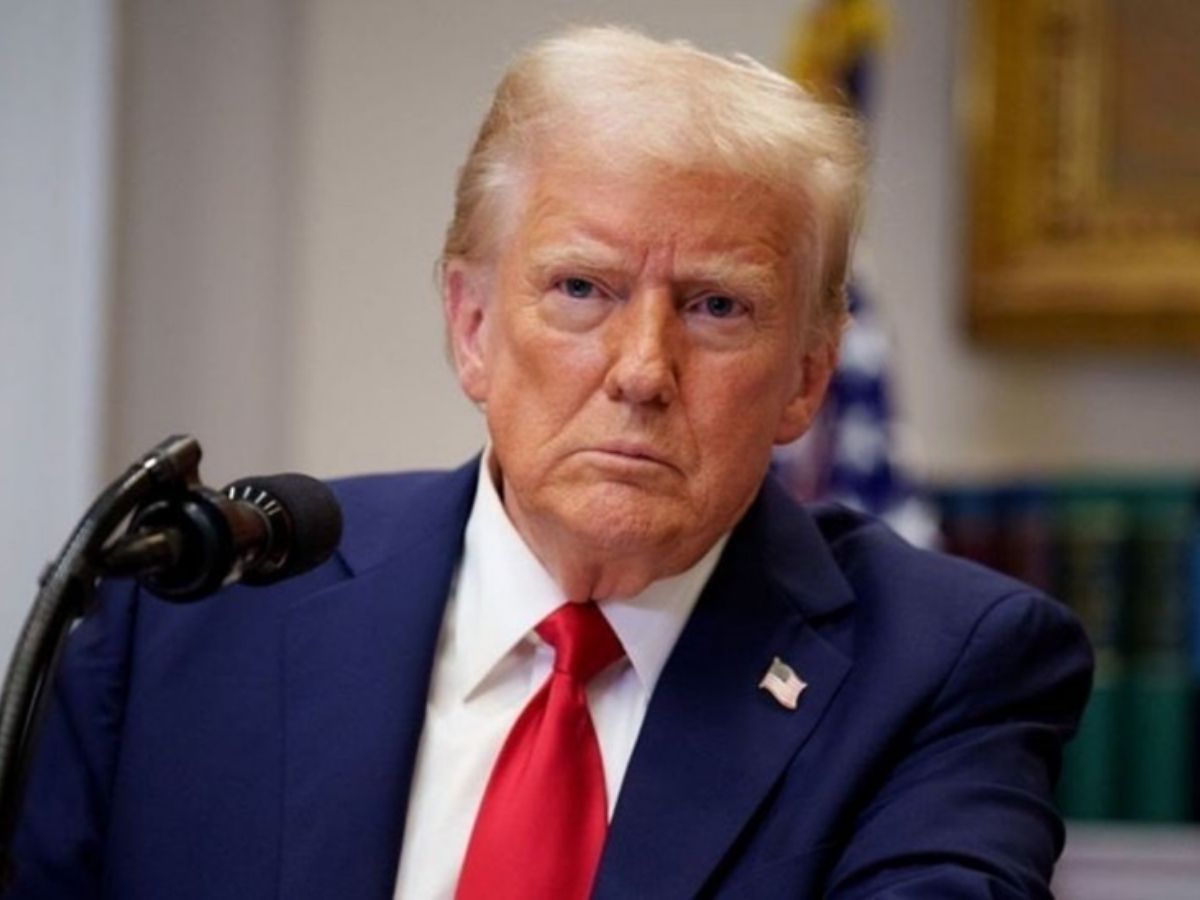
Why Fannie and Freddie Won’t Be Going Public Just Yet Despite Trump’s Push
Image: Getty Images
At a housing industry conference in Colorado Springs this week, Mortgage Bankers Association CEO Bob Broeksmit poured cold water on the idea that mortgage giants Fannie Mae and Freddie Mac will be privatised this year despite public pressure from former President Donald Trump to push the plan forward.
“We do not believe that the president’s posts indicate a set course or a set timetable,” Broeksmit told attendees at HousingWire’s annual gathering on Tuesday. “And I say that based on conversations with key decision-makers in the administration, who continue to say that this is not a 2025 issue.”
The remarks come just weeks after Trump posted several times on his Truth Social platform, calling for Fannie and Freddie to be brought “public.” His posts hinted at an upcoming stock offering, suggesting the time was right and the companies were flush with cash. But as Broeksmit explained, the path from federal conservatorship to full-fledged public ownership is more complicated than a few bold statements online.
“They’ve been in a conservatorship too long,” he said, “but it more or less works.”
A Quick Primer on Fannie and Freddie
For those unfamiliar with their role, Fannie Mae and Freddie Mac aren’t banks but government-sponsored enterprises (GSEs) that help keep the U.S. mortgage market humming. They buy mortgages from lenders and bundle them into securities that are sold to investors. This process frees up money for banks and lenders, allowing them to issue more home loans.
Since the 2008 financial crisis, when they received a federal bailout to the tune of about $191 billion, both companies have operated under conservatorship: a kind of financial guardianship overseen by the Federal Housing Finance Agency (FHFA). In return, they’ve sent most of their profits back to the U.S. Treasury, a sum that has now surpassed $300 billion.
To some, that’s proof they’re healthy and could stand on their own again. To others, it shows the system is already working and doesn’t need fixing, at least not yet.
Trump’s Public Push
Late last month, Trump took to his social media platform to rekindle a long-running goal among some conservatives: getting Fannie and Freddie out from under government control.
“I am giving very serious consideration to bringing Fannie Mae and Freddie Mac public,” he wrote. “They are doing very well, throwing off a lot of CASH, and the time would seem to be right.”
In a follow-up, Trump stressed that he wouldn’t strip away the federal backstop that gives investors confidence in Fannie and Freddie’s mortgage securities.
“I am working on TAKING THESE AMAZING COMPANIES PUBLIC,” he said, “but I want to be clear, the U.S. Government will keep its implicit GUARANTEES.” Still, even Trump’s trademark capital letters can’t override the math.
Capital Is the Catch
Broeksmit made it clear: the reason Fannie and Freddie can’t be released from conservatorship in 2025 boils down to cold, hard numbers.
“They are still nowhere near the level of capital required to release them,” he said. “That’s just an arithmetic problem. If you need this much capital and you make this much per quarter, it’s going to take some more quarters before you have enough capital to be released.”
The FHFA requires Fannie and Freddie to meet strict capital standards, essentially financial buffers to protect against losses in a downturn. And right now, they’re still well short of that goal. There’s no sign, Broeksmit added, that the Biden administration (or the next one) will ease those rules anytime soon.
He also mentioned that officials he’s spoken with “show no interest” in relaxing the current standards, further reinforcing the idea that conservatorship isn’t going away tomorrow.
What It Means for Homebuyers
While the political back-and-forth might seem abstract, what happens to Fannie and Freddie could hit home — literally — for millions of Americans. The biggest concern? Mortgage rates.
Home loan rates, which have hovered between 6.6% and 7% this year, are influenced by how risky investors perceive mortgage-backed securities to be. If privatizing Fannie and Freddie increases that perceived risk — say, by removing the government’s backing — investors could demand higher returns, pushing rates up for borrowers.
To avoid that, Broeksmit said Congress should step in and create an “explicit guarantee” — not just an informal understanding — that the federal government will stand behind Fannie and Freddie’s credit risk even if they’re no longer under conservatorship.
“The only way we know of to do that is to legislate it,” he said. “This would put them on equal footing, and not only would mortgage rates not rise, but if it’s done right, they could even ease a little.”
In other words, for mortgage rates to stay low, or even drop, policymakers would need to spell out in law what has, until now, been implied: that Uncle Sam will always have the back of America’s two biggest housing financiers.
The Path Ahead
For now, the idea of Fannie and Freddie going public in 2025 seems more like political theatre than policy in motion. Between capital shortfalls, regulatory hurdles, and the sheer complexity of the system, there’s little chance of a quick exit from conservatorship — no matter how loud the online posts get.
Still, the conversation isn’t going away. Trump’s comments have reignited interest in how the mortgage system works and who really holds the keys to affordable homeownership in America. As Broeksmit put it, “It’s very complex.” And like so many things in Washington, when it comes to turning ambition into action, the devil’s in the details and the math.



